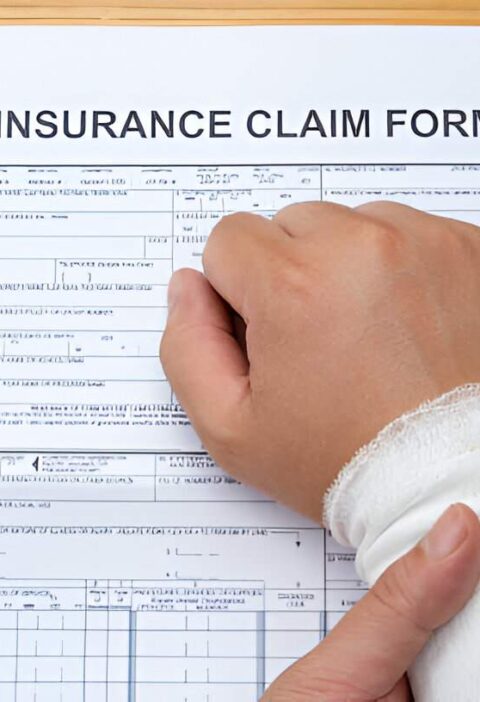Have you recently been informed that you’ll need to undergo a court ordered DNA test? It can be an overwhelming and confusing time.
But don’t worry; we’re here to guide you through each step and help you understand exactly what to expect.
Knowing the process and its importance can make a huge difference. This is whether it’s for child custody evaluation, paternity testing, or another legal matter.
So, read on to learn more about the process of court ordered DNA tests.
Legal Notification and Compliance
Before undergoing a court ordered DNA test, you will receive a legal notification from the court or your custody lawyers. This notification will outline the details of the test, including who is required to take it and why.
It’s important to comply with this legal notification as failing to do so can have serious consequences. Ignoring a court order can result in fines, jail time, or even a default judgment being made against you.
In addition, refusing to take the test or tampering with the results can also be considered contempt of court and lead to further legal repercussions.
It’s important to understand that the court has ordered this test for a specific reason and it is your responsibility to comply with their decision. Not complying can only make matters worse for you in the long run.
Scheduling and Location
Once you have received the legal notification for a court ordered DNA test, you will need to schedule an appointment with a certified laboratory. This laboratory must be accredited and approved by the court for the results to be admissible.
The location of the test may also be specified in the court order. It’s important to follow these instructions carefully as failing to do so can result in a delay or even invalidation of the test.
Take note that child custody evaluation tests may require both parties to be present at the same location, while paternity testing can sometimes be done through separate appointments.
Sample Collection Procedure
The process of collecting a DNA sample for court ordered testing is typically non-invasive and painless. The most common method used is a buccal swab, where the inside of your cheek is gently scraped to collect cells that contain your DNA.
In some cases, other methods may be used such as blood tests or hair follicle samples. These will be specified in the court order and should be discussed with the laboratory beforehand if you have any concerns.
Results and Legal Implications
Once the DNA testing is complete, the laboratory will provide a report of the results to both parties involved and to the court. The results will typically state whether there is a match or not, based on the DNA profiles of those tested.
In cases where paternity is being determined, the court may use these results to establish legal obligations such as child support and visitation rights. Take note that paternity testing for custody and support purposes may require additional legal proceedings.
Know What to Expect from a Court Ordered DNA Test
Undergoing a court ordered DNA test can be a daunting experience. However, it is important to comply with the legal notification and follow all instructions carefully to avoid further legal repercussions.
This test can have significant legal implications, especially in cases involving child custody or paternity. Knowing what to expect and understanding the gravity of the situation is crucial for navigating through this process successfully.
If you want to read more topics, visit our blog. We do have more!







